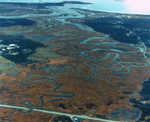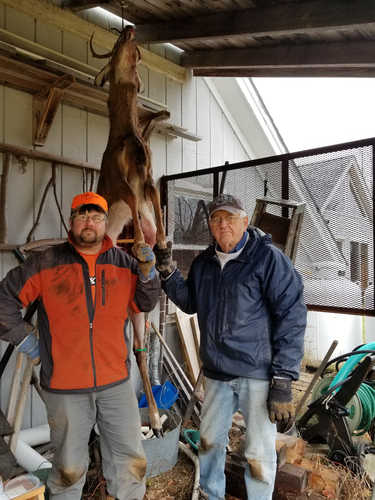Keywords: Feeding station
Item 98858
Philip Andrews feeding his pigeons, Main Street, Dixfield, ca. 1890
Contributed by: Dixfield Historical Society Date: circa 1890 Location: Dixfield Media: Postcard
Item 102396
Contributed by: Stanley Museum on deposit at Maine Historical Society Date: circa 1910 Location: USA Media: Lantern slide
Exhibit
Named for the two largest things in Maine at the turn of the 20th century, Mt. Katahdin and Granger of Stetson, were known as the Largest Oxen in the World. Unable to do farm work because of their size, they visited fairs and agricultural events around the Northeast.
Exhibit
Mainers began propagating fish to stock ponds and lakes in the mid 19th century. The state got into the business in the latter part of the century, first concentrating on Atlantic salmon, then moving into raising other species for stocking rivers, lakes, and ponds.
Site Page
Strong, a Mussul Unsquit village - Strong's History - Page 3 of 4
"… a landslide at the screen chamber of the gravity feed system. After that incident, some shale lodged in the pipe, causing a partial blockage."
Site Page
Scarborough: They Called It Owascoag - Scarborough Marsh: "Land of Much Grass" - Page 1 of 4
"These creatures in turn feed larger animals such as raccoons, striped bass and ospreys. Waste from animals living and dying enters the marsh to be…"
Story
Norcross Deer Hunting
by Albert Fowler
How hunting has impacted my life
Story
My career as a wildlife biologist
by Ron Joseph
Rural Maine provided the foundation of a rewarding career as a wildlife biologist.












